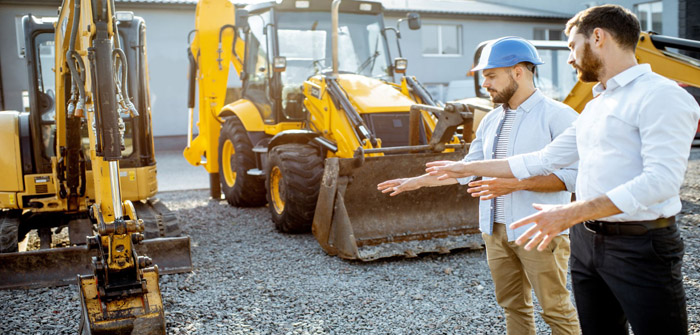Construction equipment and tools are a large investment due to the high acquiring price. Based on this, you need to ensure you get a return on your investment. It is only possible if you buy an efficiently working tool. It begs the question; how will you know that the construction tool is efficient and will be viable?
This article will assist you in answering this question by giving you tips that you can adopt as you purchase your construction tools and equipment. Read on for the insight and consider adopting the following strategies:
- Check The Ease Of Use
The ease of use of equipment is crucial since it’ll determine how efficiently your team will use the tool. You want to start work immediately with the purchase instead of spending too much time training your team on the use of the tool. It will waste not only time but also your resources. Therefore, it’s best to go for an easy-to-use tool.
- Vet Various Vendors
There are many construction equipment vendors, some genuine and some not. Based on this, you need to be careful about where you source your tools. You can visit www.reidsupply.com to see some of the construction tools and equipment offered by different vendors.
One of the aspects to look out for is the vendor’s reputation. It’s quite easy to know by looking at the number of customers they receive on a given day. The more customers, the more you’re assured that they are trusted for their services. It’d also help to look for online reviews on the vendor; choose those with more positive reviews than negative reviews.
The other aspect to factor in is if the vendor offers a warranty. Most providers offer a warranty to back up the quality of their goods. With this, they will replace and repair your construction equipment for free if the goods fail in quality. Therefore, you should select one that offers a warranty; the more years of warranty, the better.
Last but not least, inquire about the financing options the vendor offers. Do they require cash payment? Should the payment be made at once, or can you pay in installments? You should select a vendor that has a financing option favorable to you.
- Outline Your Needs
To know what aspects to look for in your tools and equipment, you need to outline your needs. These needs should be tied to the services you expect the tool to do for you and the capacity of the equipment based on your workload and expected revenue.
From the list of services, you want the equipment to meet, it’s best to look for tools that will serve several purposes instead of one. If a tool can excavate and also level your ground, select this one. It will be more cost-efficient and a viable investment since it’ll eliminate the need for you to buy both a leveling tool and excavator.
- Factor-In All The Costs
Before settling on any construction equipment, you need to consider all the associated costs. The most basic cost is the initial price, which is the short-term cost; however, you need to inquire what it includes and doesn’t include.
However, your cost consideration shouldn’t end here; you need to factor in the long-term costs. Some of the long-term aspects to consider are the future maintenance needs of the equipment and its ease of disposal. Your preferred tool should have fewer maintenance needs and be easily disposable if it no longer meets your needs in the future.
Once you identify all these, compare the final figure with your budget for the equipment. Here, you should choose the equipment you can afford without straining your budget.
- Check The Brand
Besides vetting the vendors, you need to assess the manufacturer of the construction tools. Many companies manufacture similar construction tools, and each manufacturer uses various techniques in the process. It means the quality of the final product varies from one producer to another, hence the need to assess the brand first.
It’s advisable to buy a tool from a brand with a good reputation, preferably one that’s been in business for a long time.
As you choose the brand, ensure that you can easily access the spare parts, should the need arise. You don’t want to have to import spare parts when replacement is needed. The importing process might take time, stagnating your operations until the tools arrive. It reduces the productivity levels of your company and can lead to losses.
- Request For A Test
Once you’ve identified the construction tool you want to purchase, it’s essential to test how the equipment runs. Here, you need to be keen on how smooth the gears change and how other parts work. If you have no idea what aspects to inspect, ask your company’s operator to come in and test out the equipment. The operator is better positioned to inspect since they know the performance characteristics needed for efficiently running construction equipment.
Conclusion
As seen, purchasing construction tools and equipment is an easy one with the right guidance. This article can give you the right guidance to consider implementing as you make your purchase. With this adoption, you’ll settle for an efficient construction tool that’ll last a lifetime, making it a viable investment.






